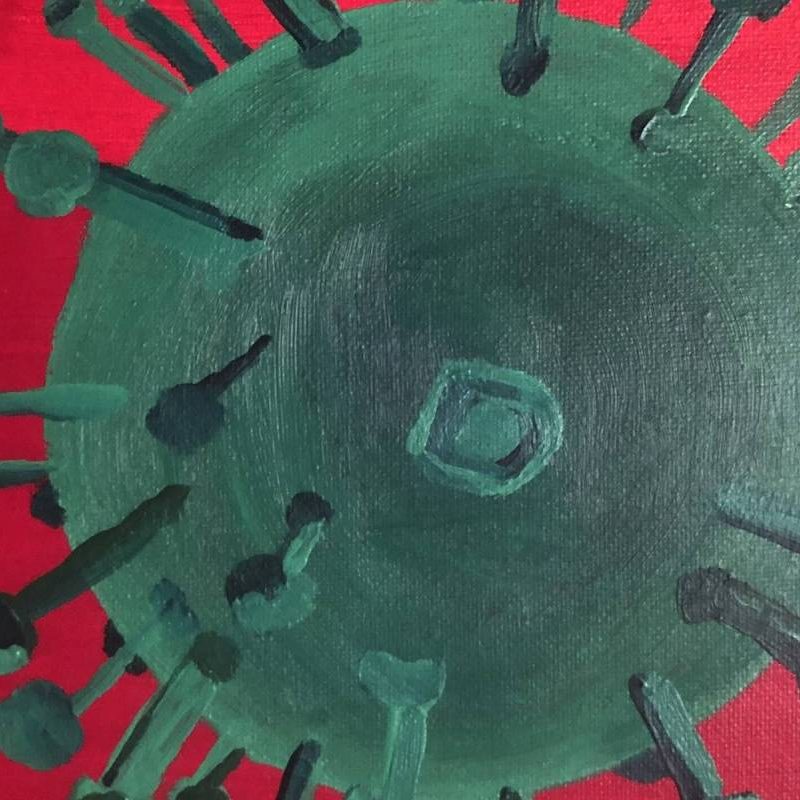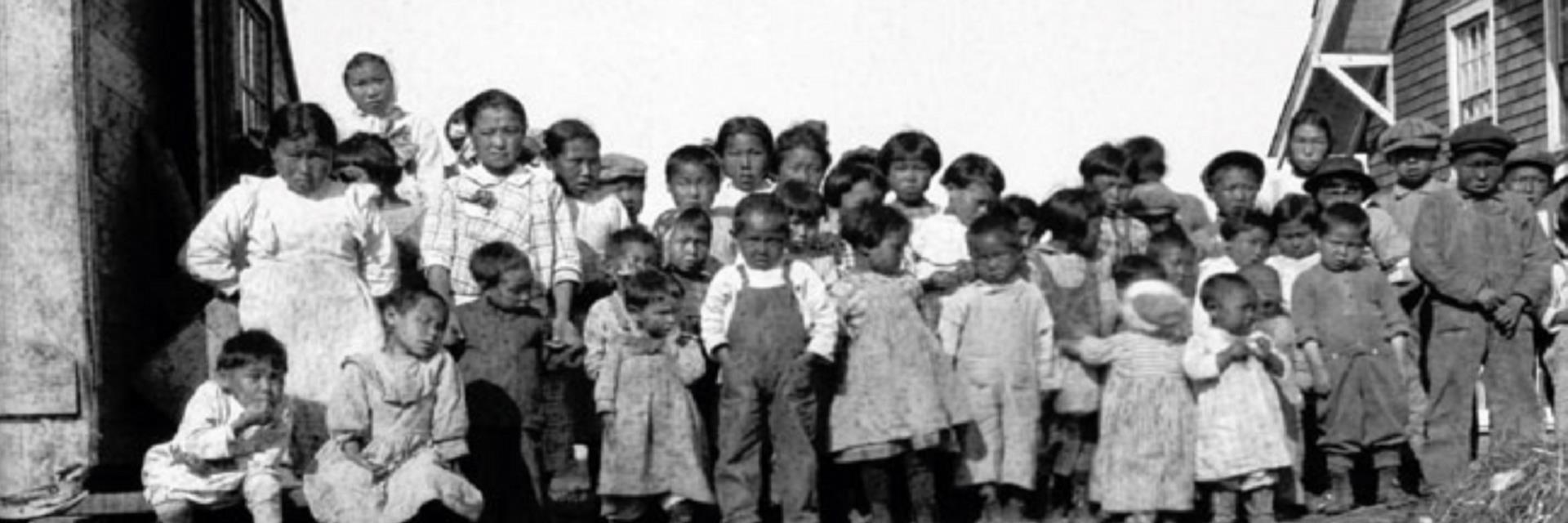PANSOC has just hosted the second NHDM. The first NHDM was held in Trondheim 1-2 December 2019. The planned meetings in 2020 and 2021 were postponed due to COVID-19, but was held this rime on Zoom 17-18 January and planned and organized by PANSOC. Carla Huges, Christina Stylegar, Jessica Dimka and Svenn-Erik Mamelund were PANSOC members presenting, see program below:
PROGRAM:
Monday 17 January
12:00-12:15 Opening by Svenn-Erik Mamelund (OsloMet)
12:15-13:00 Missing Girls
- Francisco J. Beltrán Tapia (NTNU): “Were there missing girls in Italy? Evidence from a new dataset, 1861-1921?”
- Eftychia Kalaitzidou (NTNU): “Missing girls in Greece during the 19th and early 20th century”
13:00-13:45 Influenza
- Christina Torjussen (USN & OsloMet): “King Sverre: The ship of death”
- Jessica Dimka (OsloMet): “Demographic Impacts of Dynamic Interactions between Seasonal Flu and Chronic Health Conditions”
13:45-14:00 Break
14:15-15:00 Social mobility
- Kelsey Marleen Mol (NTNU): “Social mobility among women in Hamar around 1900”
- Kristin Ranestad (Lund U), Paul Sharp (University of Southern Denmark), & Nick Ford (Lund U): “Lessons from Oslo: Examining social mobility after the establishment of Norway’s first university”
Tuesday 18 January
09:00-09:45 Missing Girls
- Gunnar Thorvaldsen (UiT): “Missing girls in Sandefjord town, Canada and elsewhere”
- Marko Kovacevic (NTNU): “Malnourished girls in Norway?”
09:45-10:30 Influenza
- Carla Hughes (OsloMet): “Suicides and the 1918 influenza in Norway”
- Svenn-Erik Mamelund (OsloMet): “Indigenous peoples & pandemics”
10:30-10:45 Break
10:45-12:00 Causes of death, social class and living conditions
- Arne Solli, UiB: “Historical index of living conditions: some theoretical and empirical challenges”
- Petja Lyn Langholz (UiT): “Life-course occupational social class in Northern Norway in the late 19th and early 20th century”
- Hilde Leikny Sommerseth (UiT): “122 ways of dying: The development of a causes of death nomenclature in Norway”
12:00 Closing by Svenn-Erik Mamelund (OsloMet)






:quality(70)/cloudfront-eu-central-1.images.arcpublishing.com/mentormedier/64AGPTNKU5EY5C6SSPJFBUZN2M.jpg)